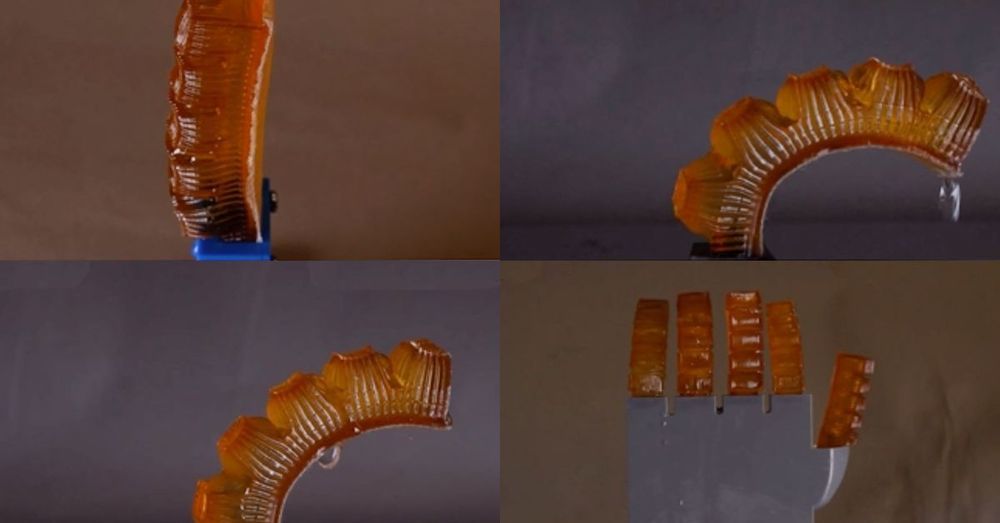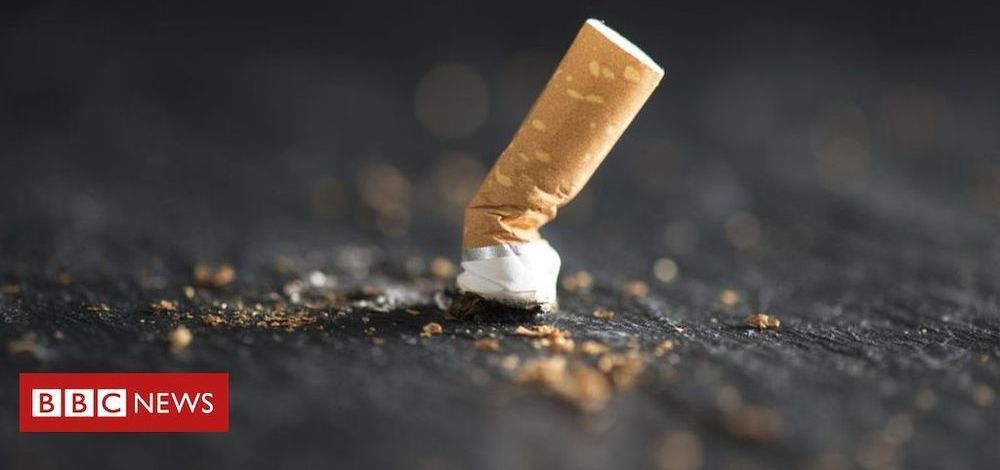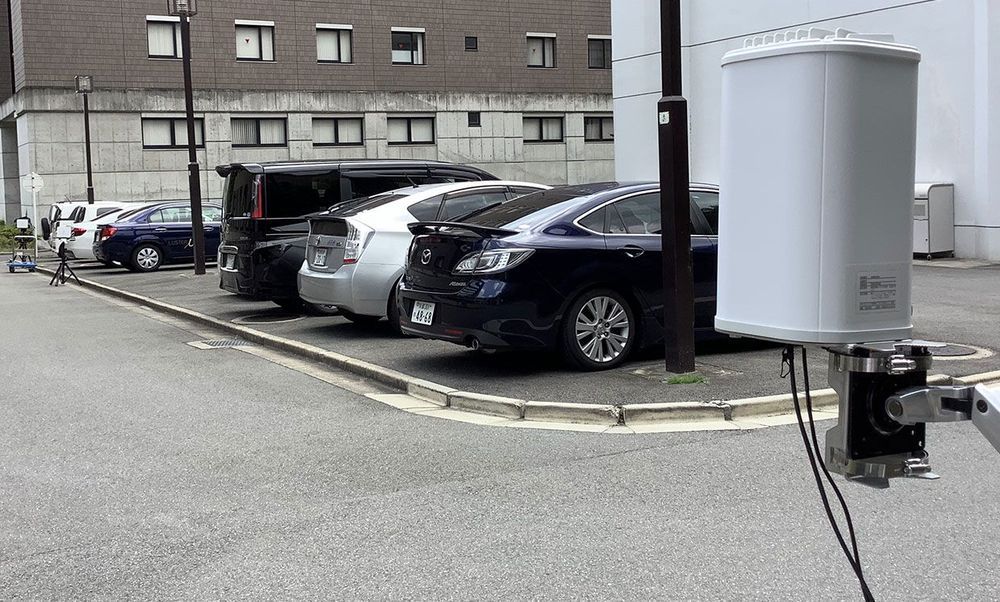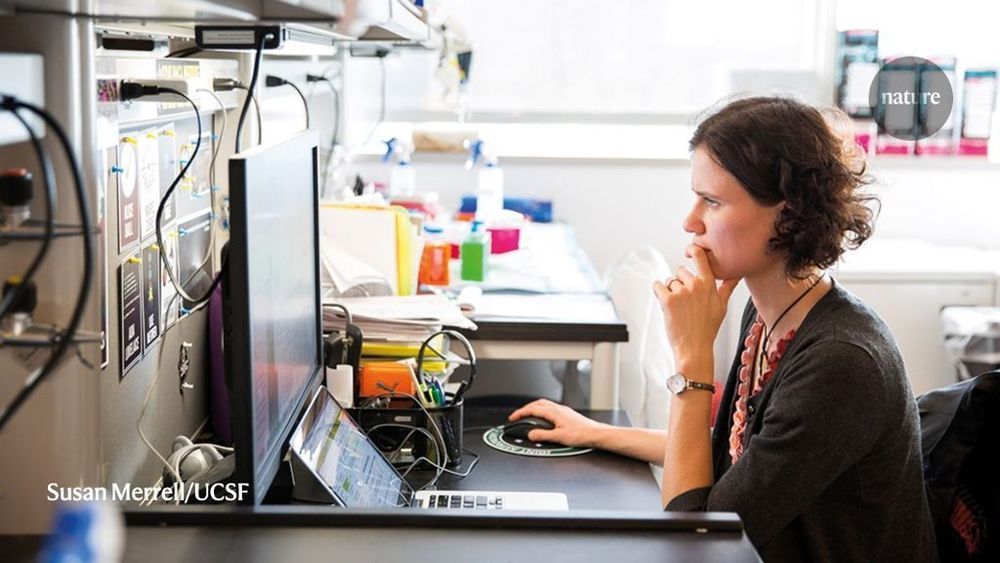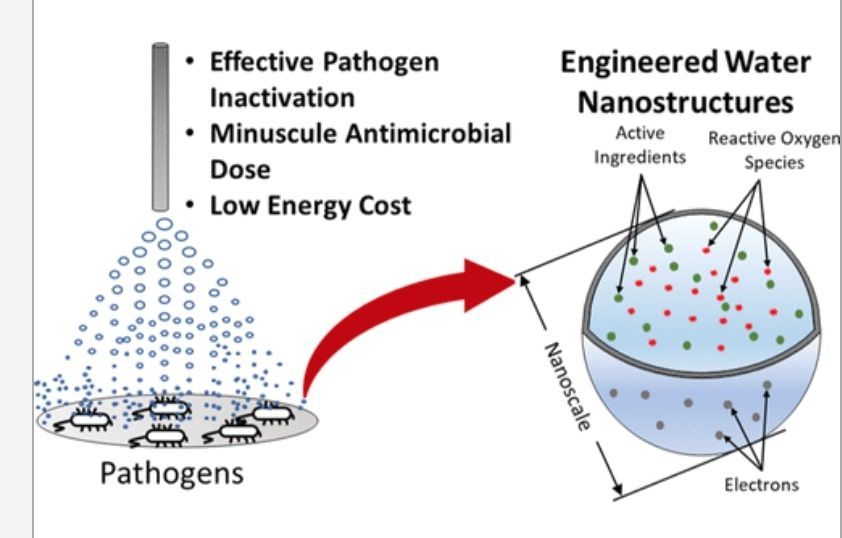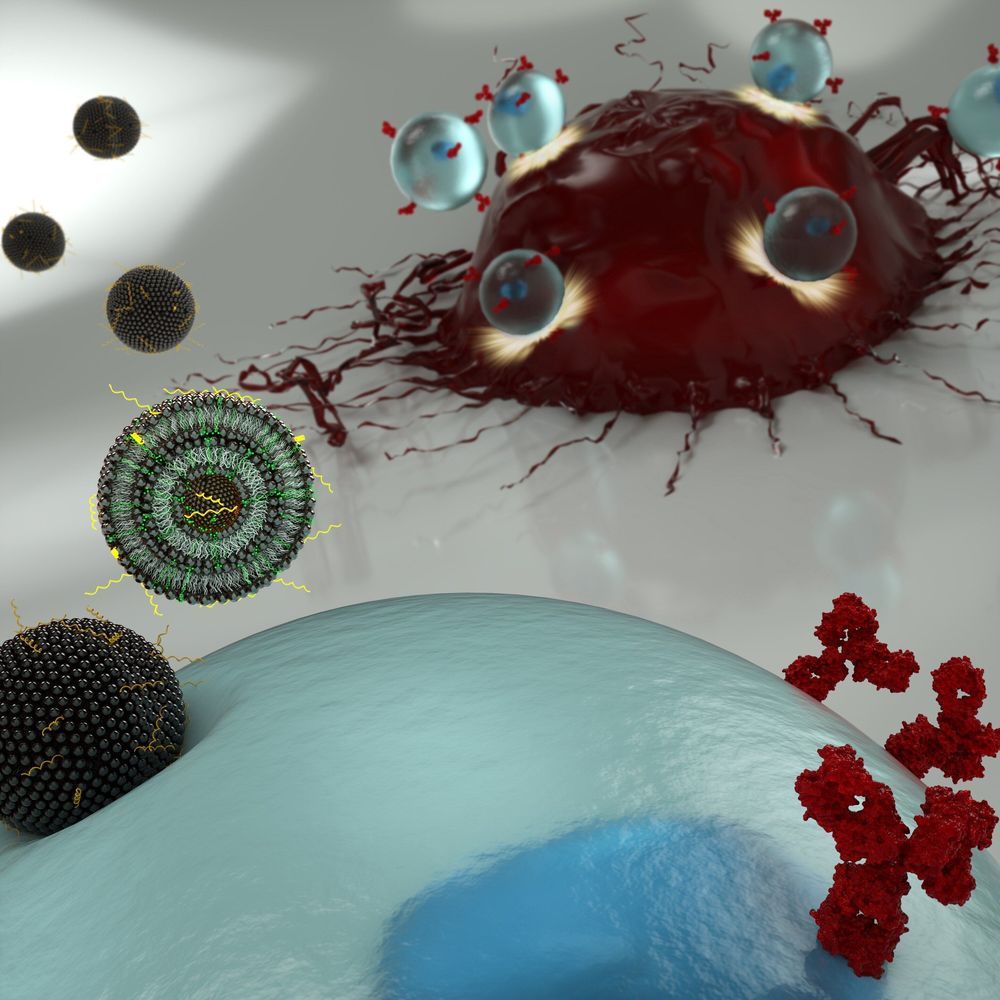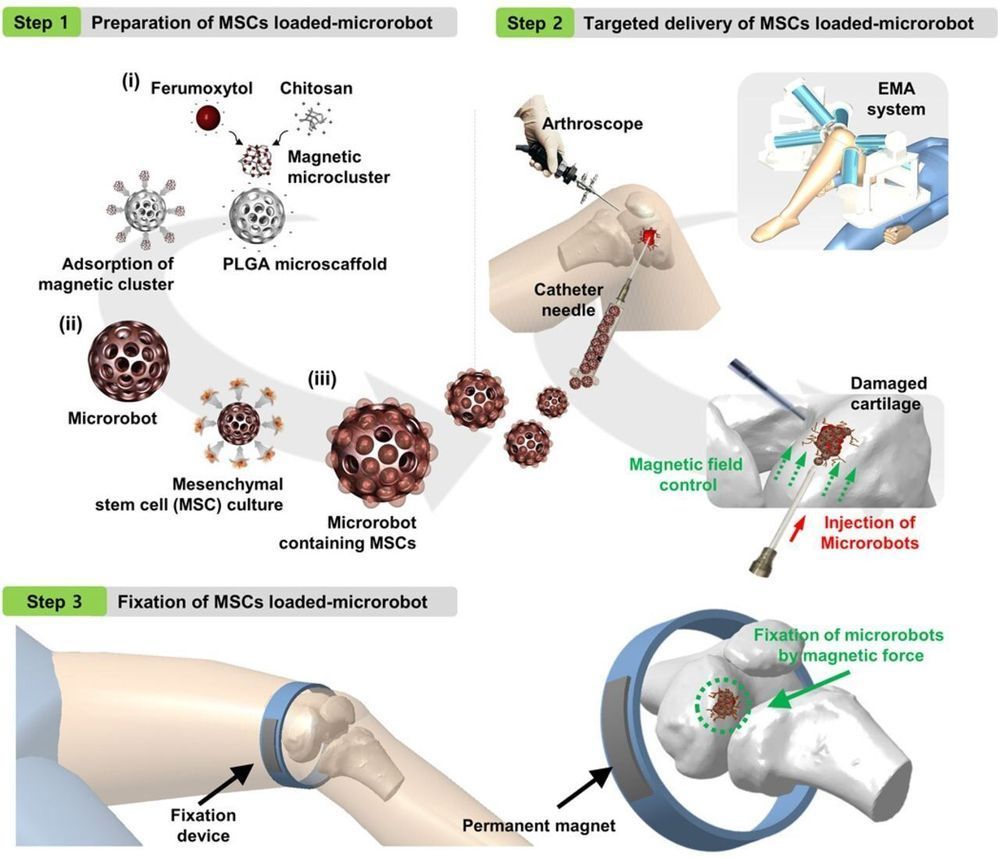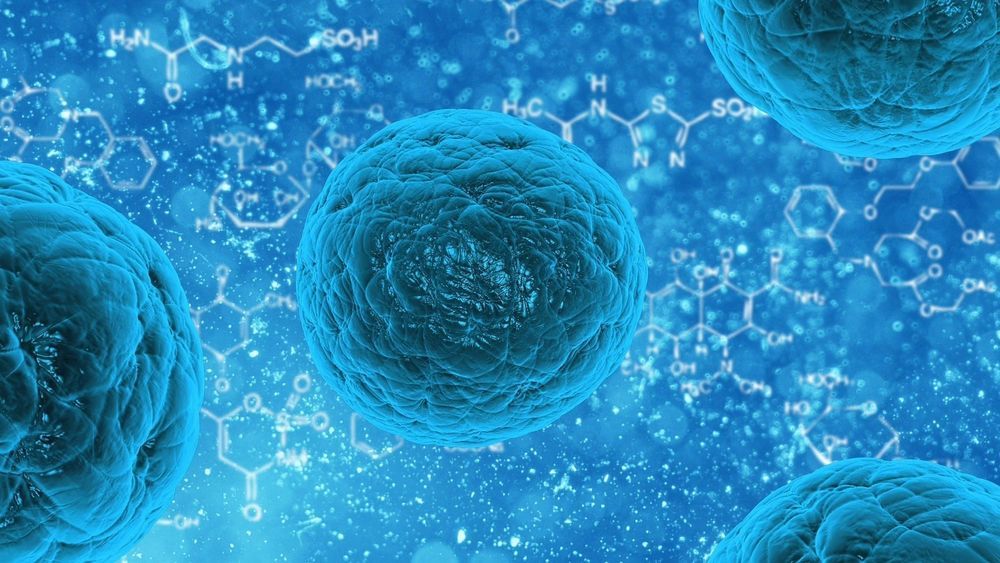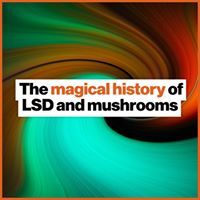Jan 29, 2020
SpaceX launches 60 new Starlink satellites, sticks rocket landing at sea
Posted by Genevieve Klien in category: satellites
CAPE CANAVERAL, Fla. — SpaceX successfully launched its fourth batch of Starlink satellites into orbit and nailed a rocket landing today (Jan. 29) following days of weather delays for the mission.
A sooty Falcon 9 rocket — which made its third flight with this launch — roared to life at 9:06 a.m. EST (1406 GMT), lifting off from Space Launch Complex 40 at Cape Canaveral Air Force Station here in Florida. The rocket carried 60 more Starlink satellites for SpaceX’s growing constellation, the second such launch by the company this month. The satellites all successfully deployed about an hour after liftoff.

